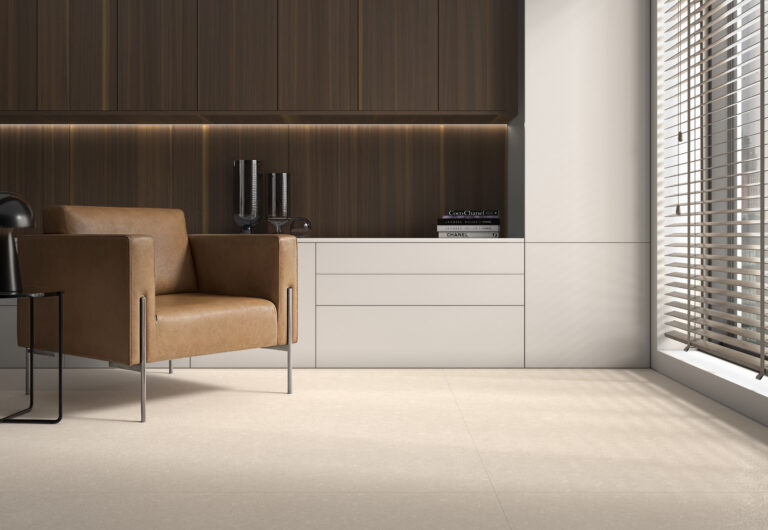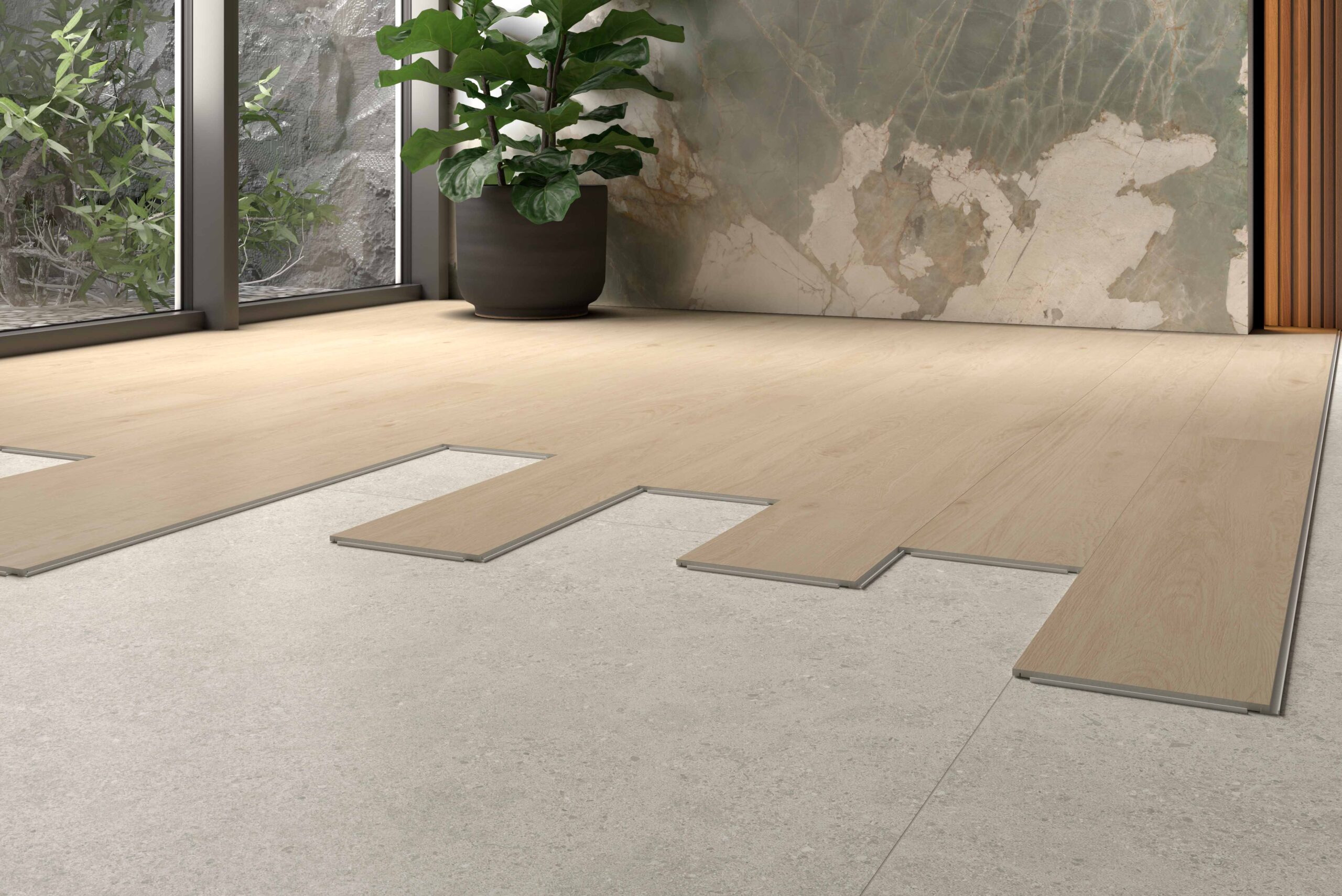
Interior Design of the Future: Flexible Spaces and Smart Materials
We’re living in a time when the way we inhabit spaces is changing at an incredible pace. Homes, offices, and even public spaces are no longer what they were just a decade ago.
The growing interest in sustainability, the emergence of new technologies, and an increasingly dynamic lifestyle have driven a true revolution in interior design. Today, interior design isn’t just about aesthetics — it has become a strategic discipline that aims to anticipate future needs and create environments that can transform alongside us.
In this new landscape, flexibility and intelligent materials take center stage. It’s no longer enough for a space to be beautiful — it must be versatile, functional, sustainable, and able to adapt to the ever-changing rhythm of contemporary life. And in that transition, ceramics — an ancient material that has accompanied architecture for centuries — is proving to be more relevant than ever.
From Static Design to Adaptive Design
For decades, interior design was tied to the idea of permanence. Materials were chosen for their durability, layouts were fixed, and spaces were conceived for a single, specific use.
However, today’s reality is very different: a living room can transform into an office in the morning and a relaxation area in the afternoon; a kitchen can become a social and creative hub beyond its traditional function. This multiplicity of uses demands solutions that can respond quickly, integrate naturally into daily life, and maintain a balance between technology, comfort, and aesthetics.
The trend toward multipurpose spaces has driven the development of materials that not only beautify but also add intelligence to the environment. In this sense, ceramics have evolved significantly. Their strength, durability, and adaptability make them an ideal ally for the interior design of the future. But beyond their traditional qualities, technological advancements have greatly expanded their potential, transforming ceramics into an active, dynamic material.
Smart Ceramics: Tradition Meets Innovation
Ceramics have been used since ancient times for their strength, easy maintenance, and versatility. Today, these qualities remain essential, but they are now accompanied by new ones that meet contemporary demands: technological innovation, customization, installation efficiency, and the ability to integrate into increasingly ambitious architectural projects.
One of the most significant advancements in this field is Gravita technology, which represents a major leap forward in how we conceive ceramic surfaces. Thanks to the precision this system offers, it is now possible to reproduce reliefs and textures with a level of detail previously unimaginable. This not only expands the material’s aesthetic possibilities but also enhances its functionality. Ceramic surfaces can now interact with light in more sophisticated ways and seamlessly adapt to multiple spaces thanks to their multi-format versatility.
This kind of innovation allows architects and interior designers to work with a traditional material from a completely new perspective. Ceramics cease to be just a simple cladding and become a design element with its own personality, capable of adapting to the most contemporary visual languages without losing its essence.
Speed, Efficiency, and Flexibility: A New Way of Building
If the interior design of the future is defined by adaptability, it’s also defined by agility. In a world where needs are constantly changing, the ability to transform a space quickly is essential. And in this area, solutions like Quick Cerámica open up a range of possibilities that were once unimaginable.

Quick Cerámica represents a breakthrough in installation systems, enabling ceramic surfaces to be installed faster, cleaner, and more efficiently. This not only results in significant time savings in renovation or construction projects but also expands the use of ceramics into contexts where it was previously unthinkable. Temporary spaces, pop-up retail locations, or homes in continuous evolution can all benefit from this technology, which combines the robustness of ceramics with the agility contemporary architecture demands.
Installation efficiency also has a positive impact on sustainability by reducing the resources required during the process and minimizing environmental impact. In this way, innovation not only enhances product functionality but also contributes to a more responsible design model.
Looking Ahead
The interior design of the future will be flexible, technological, and human. It will be driven by materials that not only meet our needs but also anticipate them. And ceramics, far from being a thing of the past, are emerging as one of the undisputed protagonists of this transformation.
Thanks to innovations like Gravita, which takes aesthetic and functional precision to a new level, and Quick Cerámica, which redefines efficiency in installation processes, the material is reinventing itself without losing its essence. Ceramics remain ceramics — strong, versatile, and durable — but now they are also a means to create smart spaces that grow, change, and evolve with us.
Ultimately, the future of interior design is not about filling spaces with visible technology but about integrating it in subtle and natural ways. In this balance between tradition and innovation, ceramics once again demonstrate why they have been — and will continue to be — a fundamental material in the design of the spaces where we live, work, and dream.
To continue reading
Ceramics for Fireplaces: The Perfect Balance Between Design and Durability
Leer
Discover how TAU Cerámica turns your home into a thermal comfort haven
Leer
How does the Feel&Mix philosophy work?
Leer
